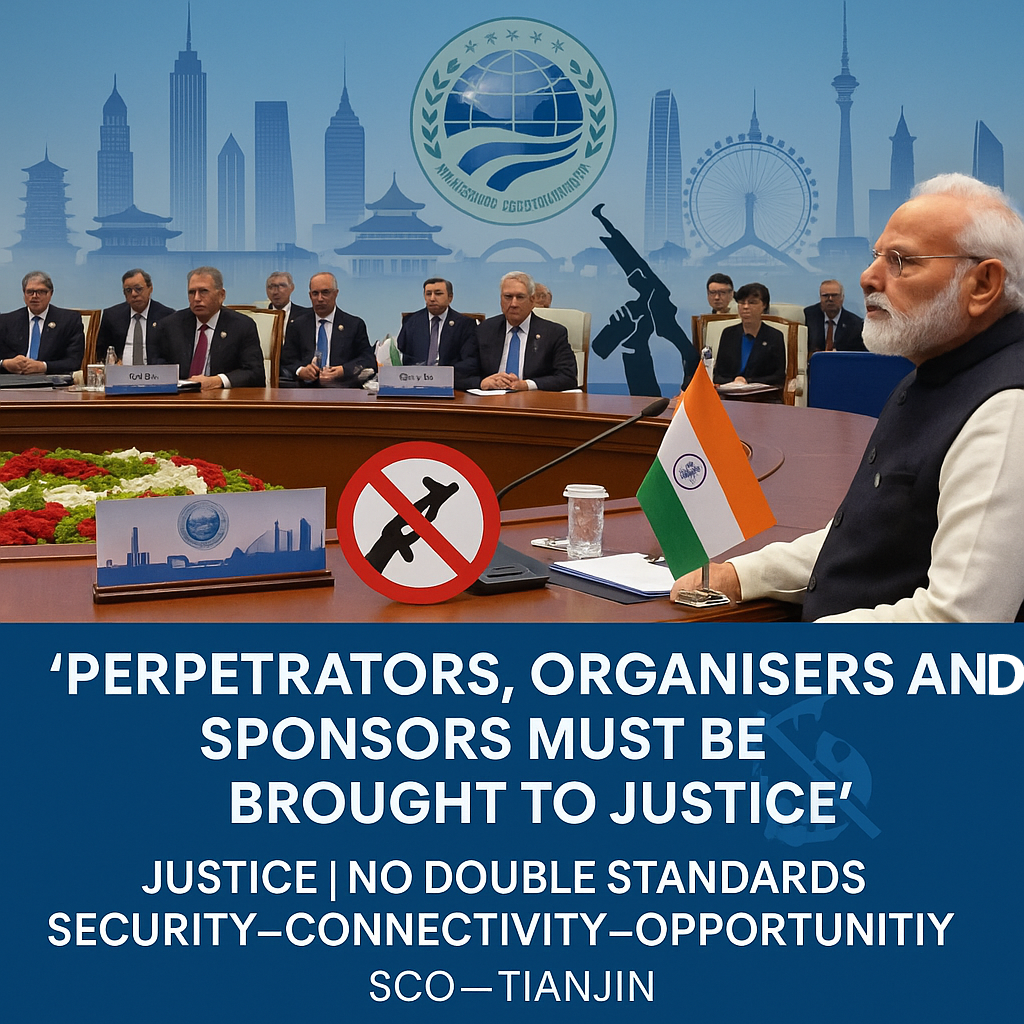135.
🚀
ISRO • Gaganyaan Mission • Human Spaceflight • Crew Module • Indian Astronauts
Gaganyaan Gears Up: ISRO Advances Human Spaceflight Ambitions with Crew Module Integration
India’s human spaceflight dream has taken a giant leap forward. As of January 22, 2025, the Indian Space Research Organisation (ISRO) completed a major milestone in its Gaganyaan mission — the Liquid Propulsion Systems Centre (LPSC) has successfully integrated the Crew Module Propulsion System (CMPS) and dispatched it for the first uncrewed flight, G1. This sets the stage for India’s first human mission to space.
🌍 What is the Gaganyaan Mission?
Gaganyaan is India’s maiden attempt to launch humans into low Earth orbit (LEO), aiming to:
- Send three astronauts into a 400 km orbit
- Sustain them in space for three days
- Ensure safe re-entry and recovery
It’s not just a space mission—it’s a technological marvel showcasing India’s growing space prowess and commitment to human-rated systems.
🔧 Crew Module & Propulsion System
At the heart of the mission is the Crew Module (CM), equipped with the bi-propellant Reaction Control System (RCS).
- 12 thrusters (each 100 N thrust) enable pitch, yaw, and roll adjustments.
- The system ensures stability during atmospheric re-entry until the parachutes deploy.
- Integration at LPSC followed by final checks at Vikram Sarabhai Space Centre (VSSC) and U R Rao Satellite Centre completes the assembly of the Orbital Module (OM).
🧪 Safety-First: Precursor Missions & Testing
ISRO’s approach is methodical and safety-driven. Before the crewed flight, several unmanned precursor missions will validate every critical system:
- Integrated Air Drop Test (IADT)
- Pad Abort Test (PAT)
- G1 & G2 uncrewed missions
Each test ensures that life support, emergency escape systems, and orbital manoeuvres are perfected before astronaut participation.
🚀 Human Rated LVM3 (HLVM3): The Launch Vehicle
Gaganyaan will ride on the HLVM3, a specially modified version of ISRO’s trusted LVM3:
- Comprises solid, liquid, and cryogenic stages
- Fitted with a Crew Escape System (CES) for emergency detachment
- Designed for human safety and reusability
🛰️ Inside the Orbital Module
The Orbital Module (OM) consists of:
- Crew Module (CM): Pressurised environment, life support, avionics, thermal shielding
- Service Module (SM): Houses propulsion systems, power supplies, and support mechanisms
Together, they form a self-contained space laboratory, enabling safe human operations in microgravity.
🧬 New Technologies in the Spotlight
Gaganyaan is a platform for cutting-edge innovation, including:
- Life support systems
- Re-entry thermal shielding
- Human-rated avionics and control systems
- Emergency detection and response protocols
Every element is being developed with a laser focus on astronaut safety.
🧑🚀 Astronaut Training in Bengaluru
A state-of-the-art Astronaut Training Facility in Bengaluru is preparing Indian crew members. The programme includes:
- Classroom instruction (orbital mechanics, biomedical science)
- Physical fitness and endurance
- Simulator-based mission rehearsals
- Survival training in various environments
India’s future astronauts are being groomed to meet global standards.
🇮🇳 Toward the Stars — Safely and Strategically
Gaganyaan is more than a mission—it’s a symbol of India’s scientific maturity, technological independence, and ambition to join the elite spacefaring nations. With meticulous planning and a strong safety record, ISRO is poised to make history.
Up next? The uncrewed G1 mission, bringing us one step closer to putting an Indian in space—from Indian soil.















